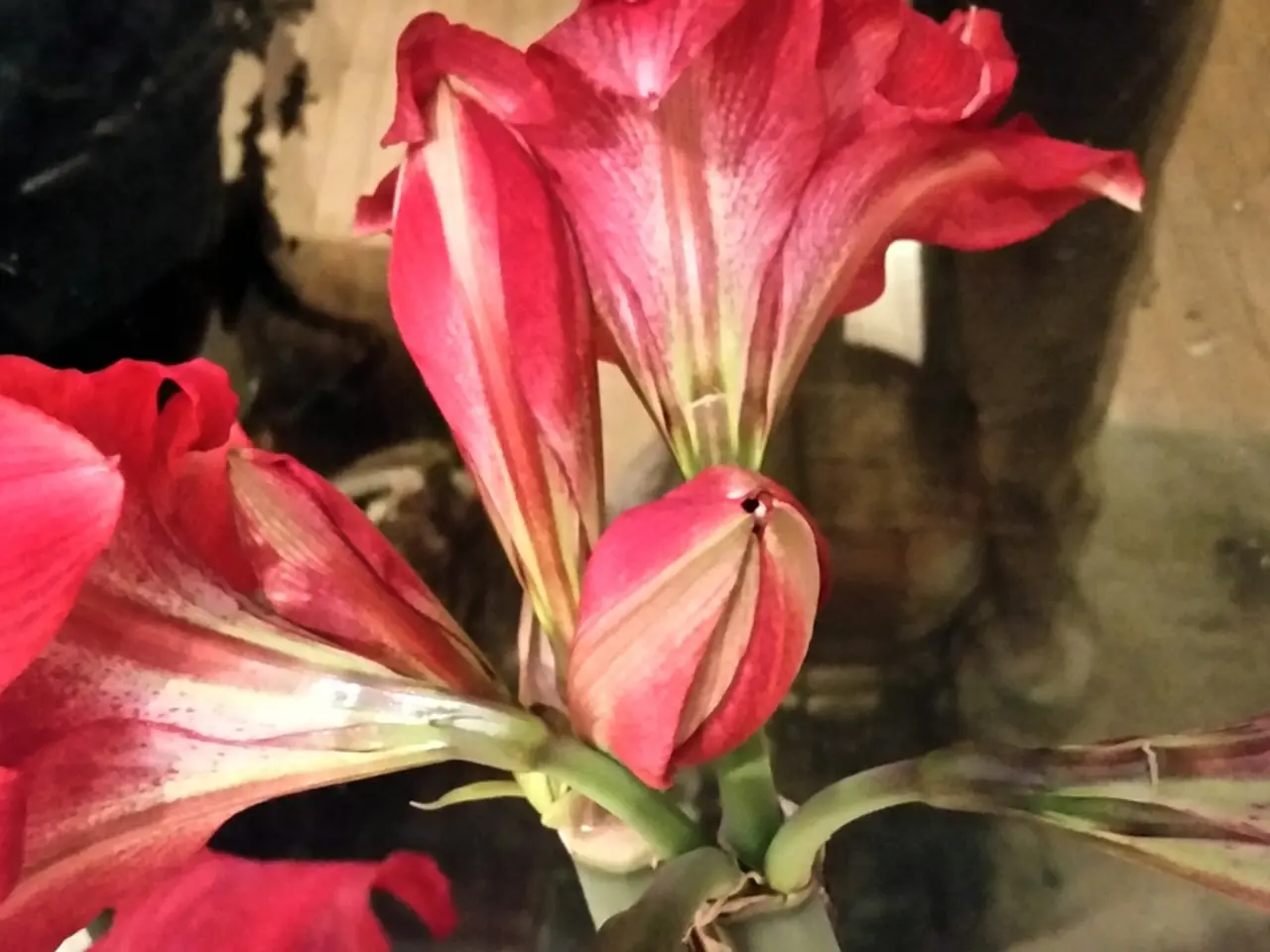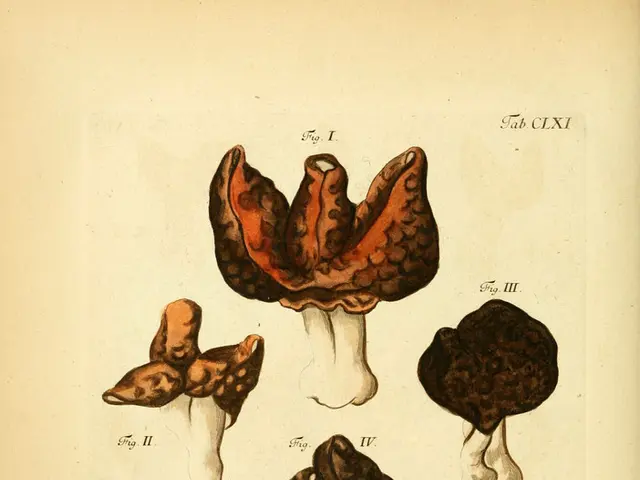Exquisite Chameli Blossoms Enhancing Tranquility and Aesthetic Appeal in Surroundings
In the world of fragrant and visually stunning flowers, Chameli, also known as Jasmine, stands out for its symbolism of purity, innocence, and love. These beautiful blooms are not only popular for weddings, religious ceremonies, and other events, but they also make a delightful addition to any home or garden.
Chameli comes in various species, each with unique features, including bloom size, colour, and fragrance. Some common varieties include Star Jasmine, Downy Jasmine (Kunda), Italian Jasmine, Sambac (Single Layer) Jasmine, and more.
## Growing Conditions and Care for Chameli (Jasmine)
### **Star Jasmine** This variety prefers full sun to partial shade, especially in warmer climates where afternoon shade can be beneficial. It thrives in moderately moist, well-draining soil with a slightly acidic to neutral pH, and in fertile, loamy soil. Adaptable to moderate, humid climates with temperatures between 60 to 75°F, it can withstand brief frosts but needs protection in harsh winters. Regular watering is essential, but ensure the soil isn't waterlogged.
### **Downy Jasmine (Kunda)** Downy Jasmine loves bright light and prefers well-drained soil. Regular watering is necessary, and it's essential to avoid frost and keep the area warm.
### **Italian Jasmine** Full sun encourages the best flowering in Italian Jasmine, but it tolerates partial shade. It adapts to clay, sand, or well-draining soil with a slightly acidic to neutral pH. Water when the top inch or two of soil feels dry; it is heat and drought tolerant once established.
### **Sambac (Single Layer) Jasmine** Partial shade is ideal outdoors for Sambac Jasmine, and it can survive with some sunlight indoors. Regular watering is necessary to keep the soil moist.
## General Care Tips Regularly inspect for pests and diseases, and use organic or chemical treatments as needed. Prune after blooming to maintain shape and encourage growth. Use well-rotted compost to nourish the soil, especially in the spring and late summer.
Growing Chameli flowers is relatively easy, and they can be grown both indoors and outdoors. They prefer well-drained soil and partial shade. The fragrance of Chameli flowers is said to have a calming effect on the mind and body.
Chameli flowers are widely used for decoration, both indoors and outdoors. They belong to the Oleaceae family and come in various species and varieties. In traditional medicine, Chameli flowers are used to treat various ailments, including anxiety, depression, and insomnia. They have antiseptic and antibacterial properties, making them a natural remedy for skin infections and wounds.
With their delicate and elegant blooms, Chameli flowers add a touch of beauty and serenity to any space. Whether you're growing them for their fragrance, decorative value, or medicinal properties, Chameli is a flower that promises to bring a sense of peace and tranquillity to your life.
- Star Jasmine, a variety of Chameli, thrives best in moderately moist, well-draining soil with a slightly acidic to neutral pH and loves full sun to partial shade, especially in warmer climates.
- Downy Jasmine, also known as Kunda, prefers bright light and well-drained soil, and requires regular watering while avoiding frost and keeping the area warm.
- Italian Jasmine, a Chameli variety, flourishes in full sun but is adaptable to clay, sand, or well-draining soil with a slightly acidic to neutral pH. Regular watering is needed when the top inch or two of soil feels dry.
- Sambac Jasmine, a type of Chameli, prefers partial shade outdoors, or some sunlight indoors, and necessitates regular watering to keep the soil moist.




